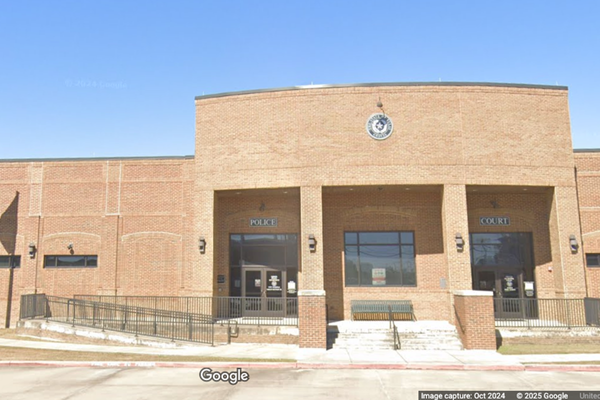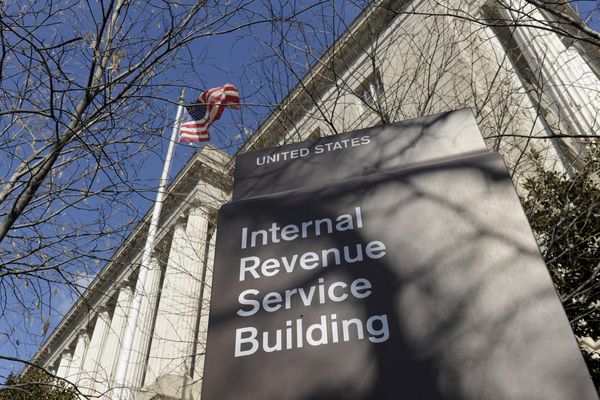
Wildfires pose serious risks to pregnant people and their developing fetuses, including low birth weight and preterm birth. But public health officials are not doing nearly enough to keep these vulnerable populations safe, according to a new report.
“While we know that wildfires are continuing to intensify in the US, and we’re increasingly clear on what damages wildfires represent to maternal and newborn health, we’re still not seeing the kind of response from policymakers and public health officials that we need,” said Skye Wheeler, a researcher at Human Rights Watch and one of the report’s authors.
Wheeler and researchers with the perinatal health non-profit Nurturely surveyed more than 50 doctors, midwives, doulas, lactation consultants and other community-based birth workers in Oregon, which this year has experienced its worst-ever fire season.
They said public health officials were not doing enough to communicate warnings and safety information to vulnerable communities, particularly the unhoused and those who speak little English, and that those populations often lacked access to vital equipment, such as air filters, that are recommended on high-risk days. Health providers said that authorities had not provided them with guidance on the specific risks wildfires posed to pregnant people – and that they typically had to rely on their own research to answer patients’ questions.
They also said the “clinical model of care, where, for example, [the state is] contracting a doctor to bill in 15-minute increments” leaves little time for healthcare workers to talk about wildfire risks with patients. Doulas, who typically spend more time with clients and provide vital information, are in low supply given their low wages.
In a statement, the Oregon Health Authority (OHA) said it “recognizes and remains highly concerned about the negative health effects that wildfire smoke poses to people who are pregnant, those who are unhoused, and people with limited English proficiency. We have promoted and shared educational materials in multiple languages since 2017.”
A spokesperson for the authority added: “OHA and its state and local agency partners coordinate extensively about wildfire smoke risk, how agencies are supporting communities, what resources are available, and what people can do to protect themselves … OHA takes seriously the negative health effects of wildfire smoke and understands there is more work to do to protect everyone in Oregon. The agency has made a commitment to addressing maternal health inequity.”
“Environmental risks like wildfire smoke and heat are increasing every day,” said Rebecca Schmidt, associate professor of epidemiology at the University of California, Davis who was not involved with the report. “Right now, I don’t think clinicians have been trained very well on those potential exposures and what they might be doing to [patients’] health.”
This year, wildfires in Oregon have burned more than 1.5m acres (607,028 hectares) statewide, surpassing previous records and causing hazardous air pollution.
Wildfire smoke contains a mixture of volatile chemicals, carbon monoxide, and PM 2.5 – fine particulate matter that can penetrate lungs and even get into the bloodstream. Growing research shows that exposure to PM 2.5 from wildfire smoke is associated with lower birth weight, harm to the developing fetus and increased risk of preterm birth, which is already on the rise in the US.
Acres burned
US wildfires are measured in terms of acres. While the size of a wildfire doesn’t necessarily correlate to its destructive impact, acreage provides a way to understand a fire’s footprint and how quickly it has grown.
There are 2.47 acres in a hectare, and 640 acres in a square mile, but this can be hard to visualise. Here are some easy comparisons: one acre equates to roughly the size of an American football field. London’s Heathrow airport is about 3,000 acres. Manhattan covers roughly 14,600 acres, while Chicago is roughly 150,000 acres, and Los Angeles is roughly 320,000 acres.
Megafire
A megafire is defined by the National Interagency Fire Center as a wildfire that has burned more than 100,000 acres (40,000 hectares).
Containment level
A wildfire’s containment level indicates how much progress firefighters have made in controlling the fire. Containment is achieved by creating perimeters the fire can’t move across. This is done through methods such as putting fire retardants on the ground, digging trenches, or removing brush and other flammable fuels.
Containment is measured in terms of the percentage of the fire that has been surrounded by these control lines. A wildfire with a low containment level, such as 0% or 5%, is essentially burning out of control. A fire with a high level of containment, such as 90%, isn’t necessarily extinguished but rather has a large protective perimeter and a rate of growth that is under control.
Evacuation orders and warnings
Evacuation warnings and orders are issued by officials when a wildfire is causing imminent danger to people’s life and property. According to the California office of emergency services, an evacuation warning means that it's a good idea to leave an area or get ready to leave soon. An evacuation order means that you should leave the area immediately.
Red flag warning
A red flag warning is a type of forecast issued by the National Weather Service that indicates when weather conditions are likely to spark or spread wildfires. These conditions typically include dryness, low humidity, high winds and heat.
Prescribed burn
A prescribed burn, or a controlled burn, is a fire that is intentionally set under carefully managed conditions in order to improve the health of a landscape. Prescribed burns are carried out by trained experts such as members of the US forest service and indigenous fire practitioners. Prescribed burns help remove flammable vegetation and reduce the risk of larger, more catastrophic blazes, among other benefits.
Prescribed burning was once a common tool among Native American tribes who used “good fire” to improve the land, but was limited for much of the last century by a US government approach based on fire suppression. In recent years, US land managers have returned to embracing the benefits of prescribed burns, and now conduct thousands across the country every year.
“The US is the only high-income country in the world where that’s true,” Wheeler said. “The US can’t afford more pressure on its maternal health systems, and public health officials need to do everything they can to try and reverse worsening maternal health, especially for Black and other women of color.”
Black women are three times more likely to die from pregnancy-related complications than white women, with risk spanning income and education levels. They are also disproportionately exposed to air pollution. Exposure to harmful pollutants, poor air quality, and high temperatures are associated with women of color delivering babies with lower birth weights.
Schmidt said there are effective ways public health officials can help patients mitigate harms from wildfire smoke: “Knowing how to avoid exposure, and providing support through handing out free N95 masks, giving clean-air shelter access, and other ways of getting people to reduce their actual exposure during those events.”
Warmer, drier temperatures, caused by the climate crisis, raise the risk of extreme wildfire. The report’s authors stress that the most urgent action government can take is reducing greenhouse gas emissions.
“Ultimately, we need to turn off the tap,” said Wheeler. “We can’t just keep pouring emissions into the air, letting the climate crisis get worse, and then expect frontline community health workers to pick up the pieces.”







